Investing in sexual and reproductive health of 10 to 14 year olds yields lifetime benefits
WASHINGTON — Age 10 to 14 years, a time when both girls and boys are constructing their own identities and are typically open to new ideas and influences, provides a unique narrow window of opportunity for parents, teachers, healthcare providers and others to facilitate transition into healthy teenage and adulthood years according to researchers from Georgetown University’s Institute for Reproductive Health who note the lack worldwide of programs to help children of this age navigate passage from childhood to adulthood.
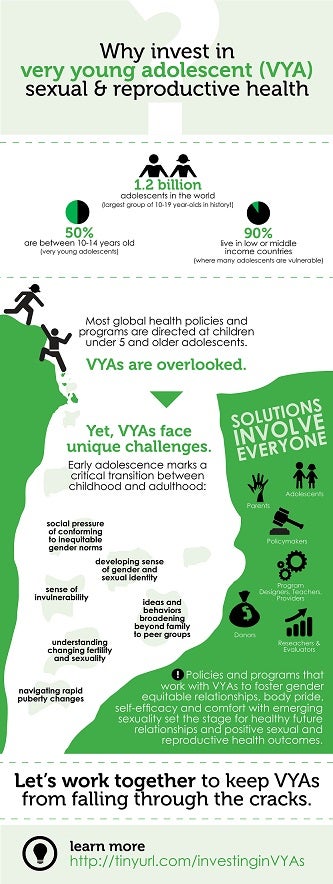 An estimated 1.2 billion adolescents live in the world today — the largest number of adolescents in history. Half are between the ages of 10 and 14 — years of critical transition from child to teenager. These are the years in which puberty is experienced, bringing with it physical and other changes that may be difficult for a youngster to understand, yet set the stage for future sexual and reproductive health.
An estimated 1.2 billion adolescents live in the world today — the largest number of adolescents in history. Half are between the ages of 10 and 14 — years of critical transition from child to teenager. These are the years in which puberty is experienced, bringing with it physical and other changes that may be difficult for a youngster to understand, yet set the stage for future sexual and reproductive health.
Nevertheless, the opportunity to reach very young adolescents during the very years when sexual and reproductive health behaviors lasting a lifetime are being developed is frequently missed, the Institute for Reproductive Health researchers note. They report that educators, program designers, policy-makers or others typically do not view 10 to 14 year olds as a priority because the long-term benefits and value of investing in them goes unrecognized.
In “Investing in Very Young Adolescents’ Sexual and Reproductive Health” published online in the peer-reviewed journal Global Public Health, in advance of print publication in issue 9:5-6, the Institute for Reproductive Health researchers advocate the investment of resources to lay foundations for future healthy relationships and positive sexual and reproductive health, identifying specific approaches to reach these very young adolescents. They say that programs to engage 10 to 14 year olds must be tailored to meet their unique developmental needs and take into account the important roles of parents and guardians and others who influence very young adolescents.
“Ten is not too young to help girls and boys understand their bodies and the changes that are occurring. Ten is not too young to begin to move them from ignorance to knowledge,” said Rebecka Lundgren, MPH, senior author of the paper. “We need to reach 10 to 14 year olds, often through their parents or schools, to teach them about their bodies and support development of a healthy body image and a strong sense of self worth. We also need to hear their voices — the voices of the under-heard and underserved. Ten is not too young.” Lundgren is the director of research at the Institute for Reproductive Health.
The paper notes that preventive reproductive and sexual health services designed to suit the needs of very young adolescents are virtually non-existent in lower- and middle-income countries and that worldwide, family life education, youth centers, and youth-friendly health services with programs specifically targeted to 10 to 14 year olds rarely exist.
According to the World Health Organization and other groups, misinformation abounds about fertility (including first menstruation and ejaculation), sex, sexuality and gender identity in this age group. Very young adolescents often rely on equally uninformed peers or older siblings and the media for information.
According to Lundgren, the few existing programs for youths age 10 to 14 years typically focus on girls. “We need to expand that focus to include boys, laying a foundation for both girls and boys to learn and communicate with peers, parents, teachers and health providers as they develop positive self images and healthy practices in order to move this age group from vulnerability to empowerment.”
—
Authors of the Global Public Health paper, in addition to Lundgren, are Institute consultants Susan M. Igras, MPH; Marjorie Macieira, M.A.; and Elaine Murphy, Ph.D. Support for this paper was provided by the U.S. Agency for International Development (USAID) under the terms of the Cooperative Agreement [No. GPO-A-00-07-00003-00].
Georgetown University’s Institute for Reproductive Health has more than 25 years of experience in designing and implementing evidence-based programs that address critical needs in sexual and reproductive health. The Institute’s areas of research and program implementation include family planning, adolescents, gender equality, fertility awareness, and mobilizing technology for reproductive health. The Institute is highly respected for its focus on the introduction and scale-up of sustainable approaches to family planning and fertility awareness around the world. For more information, visit www.irh.org.
 Where We Work
Where We Work  Press Room
Press Room 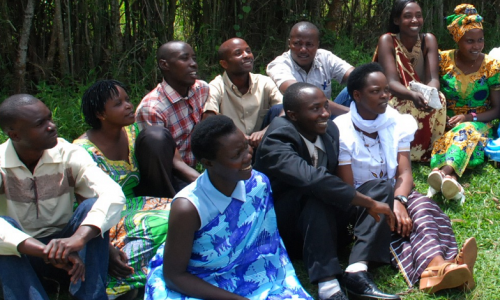 FACT Project
FACT Project 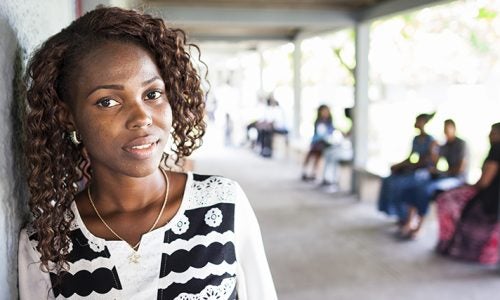 Passages Project
Passages Project 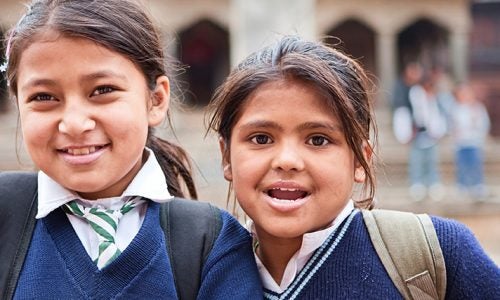 Learning Collaborative
Learning Collaborative  Search All Resources
Search All Resources 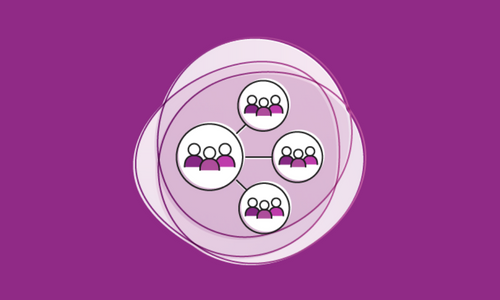 Social Norms
Social Norms 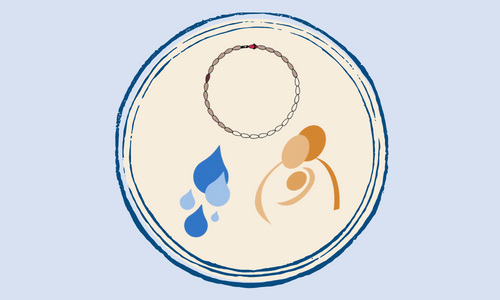 Fertility Awareness Methods
Fertility Awareness Methods